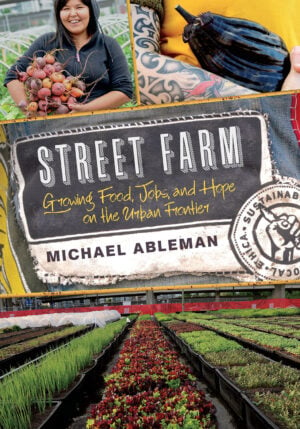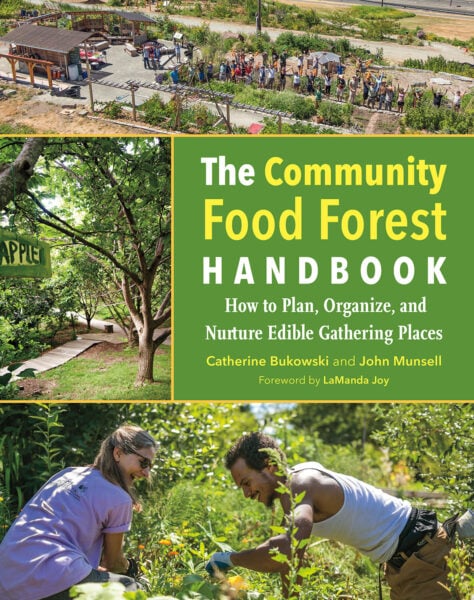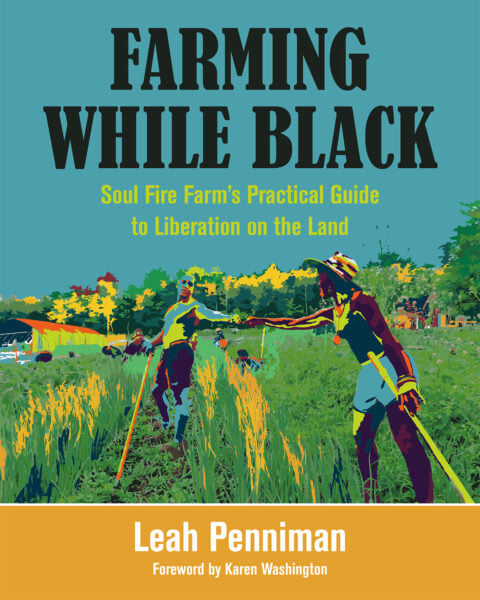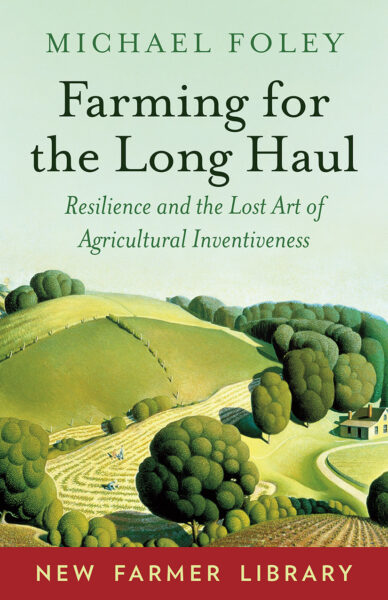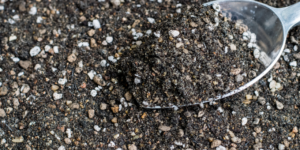A 15-Point Urban Food Manifesto
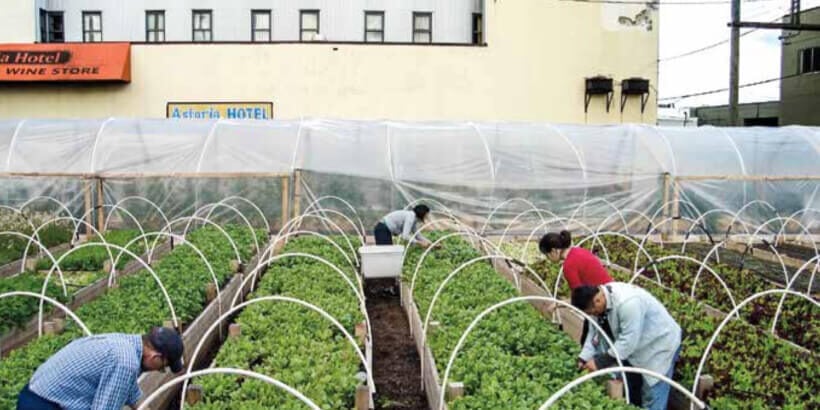
What if farms and food production were integrated into every aspect of urban living—from special assessments to create new farms and food businesses to teaching people how to grow fruits and vegetables so farmers can focus on staple crops. Urban farming is a story of recovery, of land and food, of people, and of the power of farming and nourishing others as a way to heal our world and ourselves. In his Urban Food Manifesto, Michael Ableman of Sole Food Street Farms calls for a change and urges individuals and municipal leaders to re-prioritize the importance of farming.
The following excerpt is from Street Farm by Michael Ableman. It has been adapted for the web.
Prefer Audio?
Listen to the following excerpt from the audiobook for Street Farm:
I have been developing the following Urban Food Manifesto over the last ten years. Some of the ideas may sound radical; others will likely seem terribly obvious. Some are practical, some more ideological, but either way they are focused on the municipal and on individual ways to address what I consider to be some of the most prominent challenges in how we feed ourselves.
Every municipality should establish publicly supported agricultural training centers in central and accessible locations. I’m not talking about think tanks or demonstration gardens. I’m talking about working urban farms that model not only the social, cultural, and ecological benefits of farming in the city, but the economic benefits as well. We can talk about all of the wonderful reasons to farm in urban areas, but until we can demonstrate that it’s possible to make a decent living doing it, it’s going to be a tough sell.
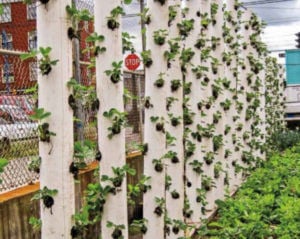 Regular folks are now so removed from the work of farming that they need to literally see what’s possible. They need access to those who have maintained this knowledge and those who are serious and active practitioners. Every city should have teams of trained farm advisers in numbers proportionate to the population devoted to urban food production. Those agents should operate out of their local urban agriculture centers to run training workshops and classes; they should also venture out into the community to provide on-site technical support in production, in marketing, and in food processing and preparation.
Regular folks are now so removed from the work of farming that they need to literally see what’s possible. They need access to those who have maintained this knowledge and those who are serious and active practitioners. Every city should have teams of trained farm advisers in numbers proportionate to the population devoted to urban food production. Those agents should operate out of their local urban agriculture centers to run training workshops and classes; they should also venture out into the community to provide on-site technical support in production, in marketing, and in food processing and preparation.
The nutrient cycle that once tied farms with those they supplied has been interrupted. We need a full-cycle food system that allows for the return of organic waste via central regional composting facilities that can support the nutrient needs of both urban farms and farms on the fringes of our urban centers. Every community could be composting all its cardboard, paper, old clothing, shoes, restaurant and grocery store waste, and on and on. We need to reduce what comes into our communities from elsewhere, but we also need to reduce what leaves those communities, especially if it has nutritional or soil conditioning values for our land.
My fields at Foxglove Farm have as many rocks as grains of soil. Removing those rocks represents a huge amount of work for me, but each one of those rocks also represents an enormous amount of embodied energy, if I could just release it. Every community should own a portable rock grinder that could be taken to farms and used to grind rocks in and around fields that contain essential minerals now being mined elsewhere at great ecological cost. There are huge holes in the world, entire mountains removed, to supply minerals such as gypsum and lime and rock phosphate to our farms. We cannot talk about a sustainable agriculture unless we address where the minerals—especially phosphorous—are going to come from.
We’ve all heard about peak oil; we need to prepare for peak water and peak phosphorous. We can grow food without oil, but we cannot grow it without phosphorous and water. Phosphorous is a mined mineral, which now has limited reserves, most of which are located in China, Morocco, and the Western Sahara. Some scientists believe that at the rate we now use it, remaining reserves will be depleted within fifty to one hundred years.
Let’s get over our phobia around human waste, stop spending billions of dollars to flush it away and pollute our rivers and oceans, and start recycling it onto our farms and gardens. Urine is the best local source of phosphorous, and we need to figure out creative ways to recycle it.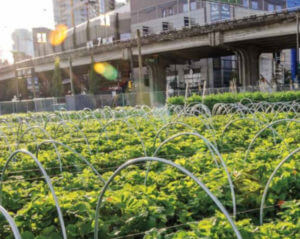
Every community should support the construction and funding of a permanent covered year-round farmers market space in a dominant central location. Providing this type of physical space is just as important to our civic health, if not more, as the public swimming pool, the sports fields, schools, churches, and libraries.
Every new permit for a housing development should be contingent on inclusion of an approved food-production component on a scale relative to the number of people who will live in the development. And every new office or retail building should be engineered for a full-scale rooftop food production component, including greenhouses warmed by the spent heat vented from the building.
Every neighborhood, school, and church should be required to restructure existing institutional-kitchen facilities to accommodate cooperative canning, freezing, and dehydrating services for their neighborhoods during non-peak hours.
Every real estate transaction should include a small urban farmland preservation tax from which lands could be purchased specifically for the production of food, and those lands could have protective easements that require agricultural use in perpetuity.
A great deal of privately owned arable land currently lies fallow. This land could be made available to new farmers under long-term leases. We need to recognize that there is not necessarily any relationship between landownership and land stewardship. The only requirement for landownership in our society is access to capital. That’s not enough. I believe that ownership of land should come with a set of responsibilities.
Building inspections are common practice prior to many real estate transactions; we should require land inspections, including ecological assessments and baseline documentation, on every piece of land over five acres. Every land purchaser should be required to attend a stewardship and restoration training course based on the particularities of that piece of land. This will help move land away from its status as commodity and bring some sense of stewardship into ownership.
When I was in school my favorite classes were wood shop, metal shop, mechanics, and home economics, which included cooking and sewing. Those subjects were well respected. I looked forward to shop class far more than math or science or English. It was a time when I could make something real and tangible. (Every wood shop teacher I’ve known was missing a finger or two, and I am sure that was a requirement for those positions. I made the connection very quickly between those missing fingers and the machines we worked with.) Life skills classes are coming back into schools, but we need to give farming and cooking and mechanics and plumbing and carpentry the same status and attention as math or English or the sciences.
It sounds radical, but in the future full-time professional farmers may no longer have the luxury of raising fruits and vegetables. This should become the responsibility of individuals and families to grow for themselves in their front and backyards, on their balconies and rooftops, and in community garden plots. We could probably survive without another carrot or tomato, but we cannot live without grains and beans and protein sources.
Every municipality should initiate a phase-out of all home lawns—effective immediately—but they must also provide neighborhood training programs and technical support for home- and building owners to replace those lawns with food production.
It may be that along with growing food, the real work of farmers in the future should be seen as the sequestration of water and carbon. Anyone who has land, or is managing land, has a huge opportunity and a responsibility to address two of our greatest global challenges—water and climate. Slowing and spreading surface water and allowing it to percolate and not run off, along with learning to use land and improve soils to store and hold carbon, are urgent and essential roles that farmers need to play now and into the future.
Recommended Reads
Q&A with Michael Ableman: How Urban Farming Can Improve Society
Recent Articles
Looking for ways to naturally enrich your garden? The answer is all around you….literally. Add local rocks & soil to your garden to improve soil health and see your crops flourishing in no time. The following is an excerpt from The Regenerative Grower’s Guide to Garden Amendments by Nigel Palmer. It has been adapted for the…
Read MoreGarden strawberries are excellent for both covering the ground and for growing fruit. If you’re planning out a forest garden, or are just looking for a plant to use as ground cover, strawberries are a great option. The following is an excerpt from The Home-Scale Forest Garden by Dani Baker. It has been adapted for…
Read MoreAsparagus is a delicious vegetable with a layered history. How did this aspiring spear make its way from growing in the wild to appearing on our plates? The following is an excerpt from the The Seed Detective by Adam Alexander. It has been adapted for the web. “Nature gives us the key to every secret…
Read MoreInterested in growing trees? Here are some tips on successfully planting, transplanting, and pruning trees to create a flourishing forest garden! The following is an excerpt from The Home-Scale Forest Garden by Dani Baker. It has been adapted for the web. Planting Potted Trees and Shrubs If you order potted trees, check with your supplier to…
Read MoreWith the right strategies and practices, composting on a small farm is surprisingly easy and inexpensive. Just follow these steps for making compost, and your farm will be thriving in no time! The following excerpt is from The Lean Farm Guide to Growing Vegetables by Ben Hartman. It has been adapted for the web. (All photographs by Ben…
Read More

